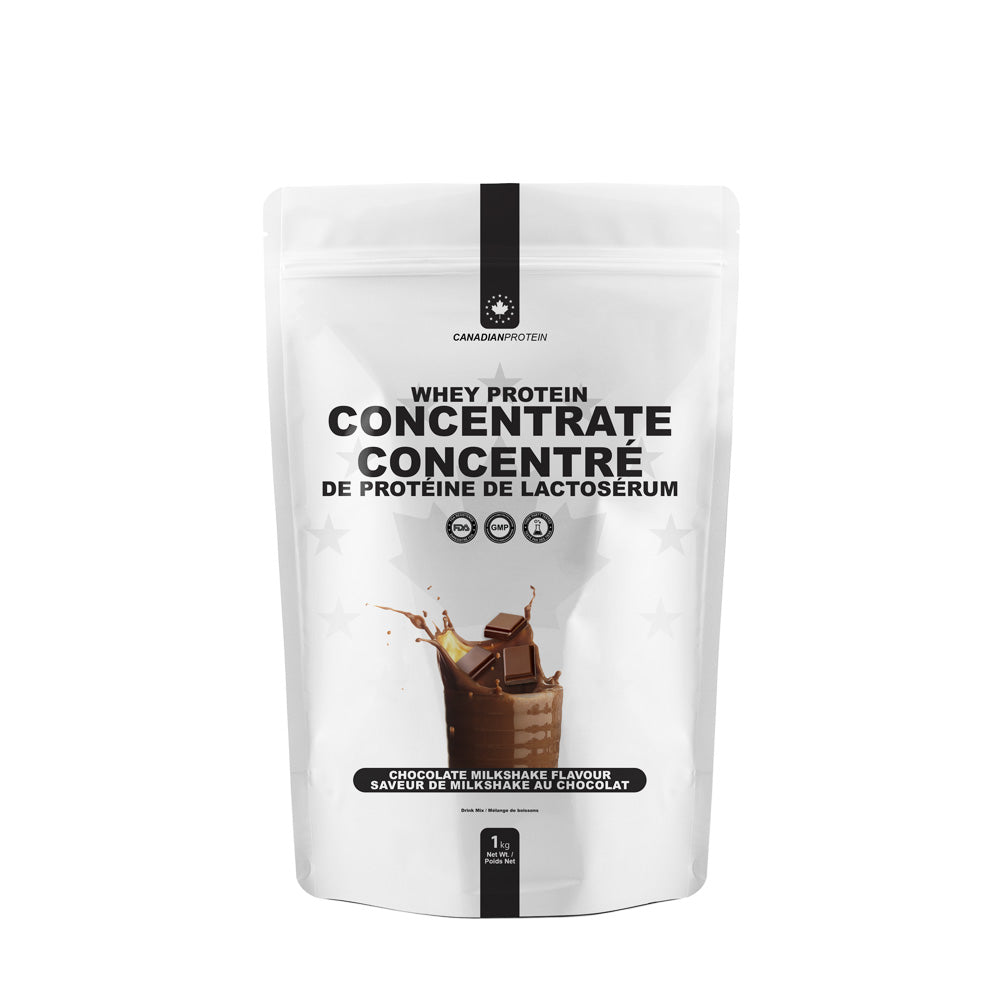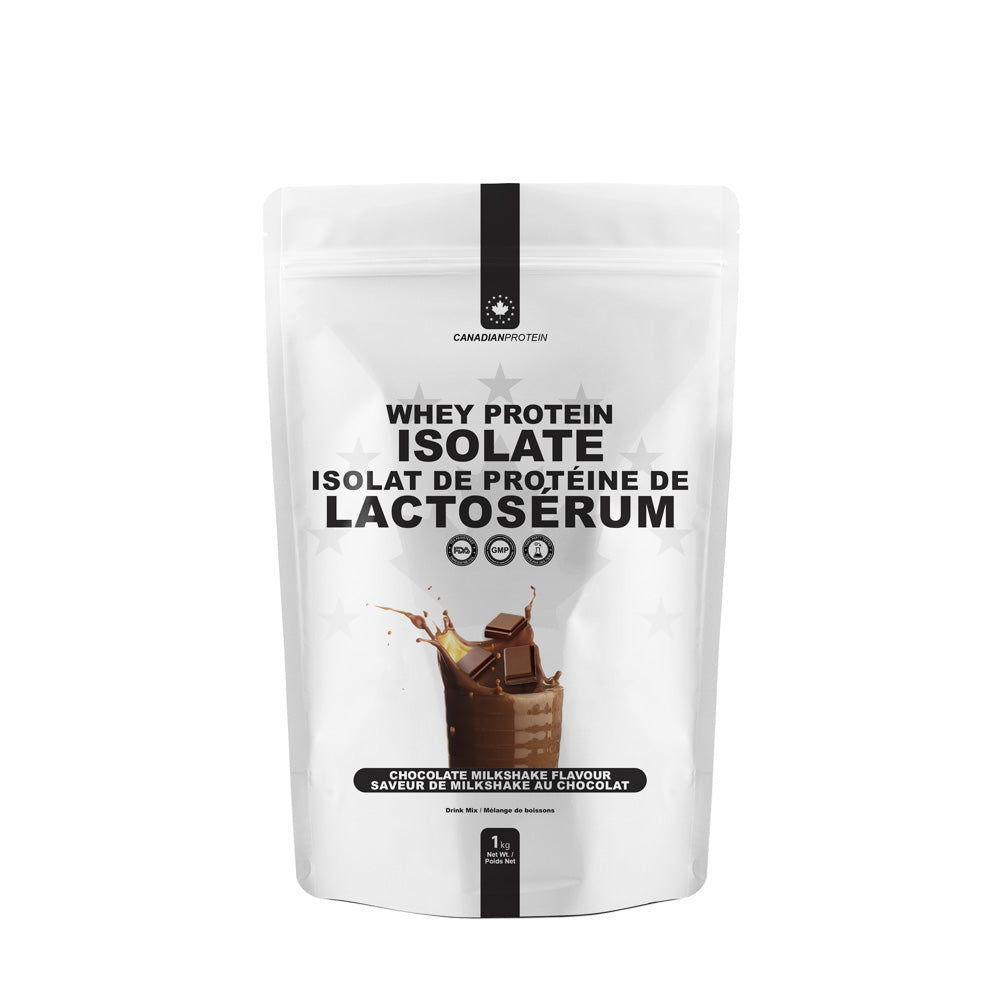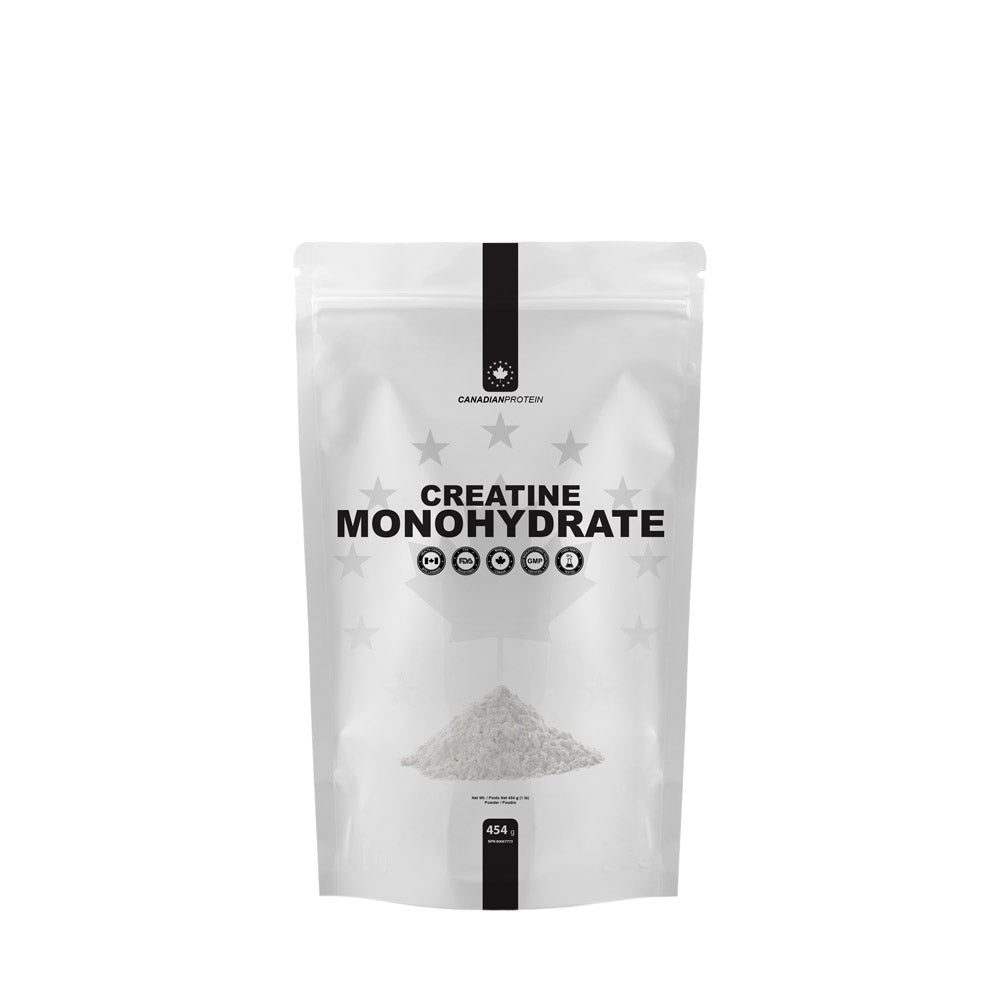As far as working out is concerned, for many of us, though extremely beneficial, and indeed vital for that matter, cardio is an activity that very few of us actually look forward to and truthfully many of us spend our days dreading the cardio session we’re schedule to perform later on, and then spend the majority of the exercise itself, watching the clock and counting down the minutes until it’s over. We all know just how beneficial cardio is, not only for burning fat and getting fitter, but also for promoting general health and well-being in the process. The problem is that most people consider cardio extremely boring as the most common perception of the activity is you sweating your socks off staring dead ahead as you perform 40 – 90 minutes of steady state cardio on a treadmill or exercise bike. However if this isn’t exactly your cup of tea, before you give up on cardio altogether, perhaps you should consider trying your hand at HIIT.
HIIT stands for High Intensity Interval Training, and it can be applied to various different forms of exercise, not just cardio (although cardio is the preferred method). Basically it requires people to alternate between periods of slow and steady cardio, and fast-paced, high intensity cardio for several rounds. Some people simply sprint for 40 seconds before resting for 40 seconds, whilst others may walk for 60 seconds, sprint for 40 seconds and so on. The exact times and methods can be adjust based upon your own needs and requirements, but one thing that doesn’t change, is that there are many, many benefits associated with HIIT. Here’s a look at just four reasons why you should be doing more, or any, HIIT.
It’s so efficient

One of the first things that people tend to be so impressed with about HIIT is the fact that it’s considered such an efficient form of exercise. Due to the nature of the exercise, a HIIT workout is far shorter than the average cardio workout (we’ll get to that shortly), and despite this, it is still considered extremely efficient. It provides even greater physiological benefits than long and drawn out cardio workouts do, in a fraction of the time. HIIT is able to promote both anaerobic, and aerobic fitness, whereas slow and steady cardio typically only really benefits aerobic fitness. Put simply, anaerobic exercise helps to promote muscle growth, function, and definition, whereas aerobic exercise boosts the body’s requirement for oxygen, which translates into fat metabolism. Finding a workout which combines the two means that you not only burn fat, but you can also tone and help build up your muscles in the process. Numerous studies have found that just three HIIT sessions per week, lasting less than 30 minutes on average, can yield even greater results than five steady state cardio sessions lasting 60 minutes or longer each week.
Even more fat loss
The main reason why most people do cardio is to help them burn fat and lose weight. Typically the methods they employ will probably be slow and steady cardio performed over a prolonged period of time, typically lasting longer than one hour. Whilst still beneficial, studies have indicated that from a fat-loss perspective, steady state cardio isn’t the most effective way to go. Instead, HIIT is far more effective. Fat metabolism requires oxygen, so obviously the more oxygen you can provide, the more fat that will be burnt as a result. HIIT boosts the body’s requirement for oxygen, and so as a result an oxygen shortage will occur. This will force the body into requiring more oxygen for post-workout recovery, which is known as EPOC (Excess Post-exercise Oxygen Consumption). Some people call it the “afterburn effect”. What this means in simple terms is that following your workout, your metabolism speeds up greatly and so you will burn even more fat, even whilst in a rested state. This can last anything from 12 – 36 hours on average so not only do you burn fat during the exercise, you also burn fat whilst you rest and recover as well.
It’s much quicker

One of the reasons why so many of us tend to hate cardio is the fact that it takes so long to perform a typical cardio workout, as many of them last at least 60 minutes on average. During an average steady-state cardio workout, you will likely burn around 300 – 500 calories, perhaps slightly more, perhaps slightly less. HIIT workouts however, last between 20 and 30 minutes on average and during that time you again have the potential of burning between 300 and 600 calories, in fraction of the time it would take to burn the same number of calories during steady-state cardio. For people who are in a rush, who don’t enjoy steady-state cardio, or who simply want the pain and mental anguish of cardio over and done with as soon as possible, HIIT workouts are far more time-effective.
It boosts stamina
While steady state cardio is still beneficial, it has to be said that as it isn’t too testing or physically demanding on the body, the results that it provides are far from impressive or noteworthy. HIIT however, is a whole new kettle of fish entirely. HIIT is incredibly intense and physically demanding and as a result it has been proven to help dramatically boost stamina and physical fitness. Once you reach an anaerobic zone, in which you literally feel as if you cannot breathe, your heart begins to benefit, which in turn can help to improve stamina and physical fitness. In various studies, individuals have performed cardio before beginning an 8 week HIIT program. After the program each individual was able to perform far more cardio for much longer periods of time before they began to fatigue. So, if you want to improve your stamina, make sure you include a few HIIT sessions in your training regime each week.













